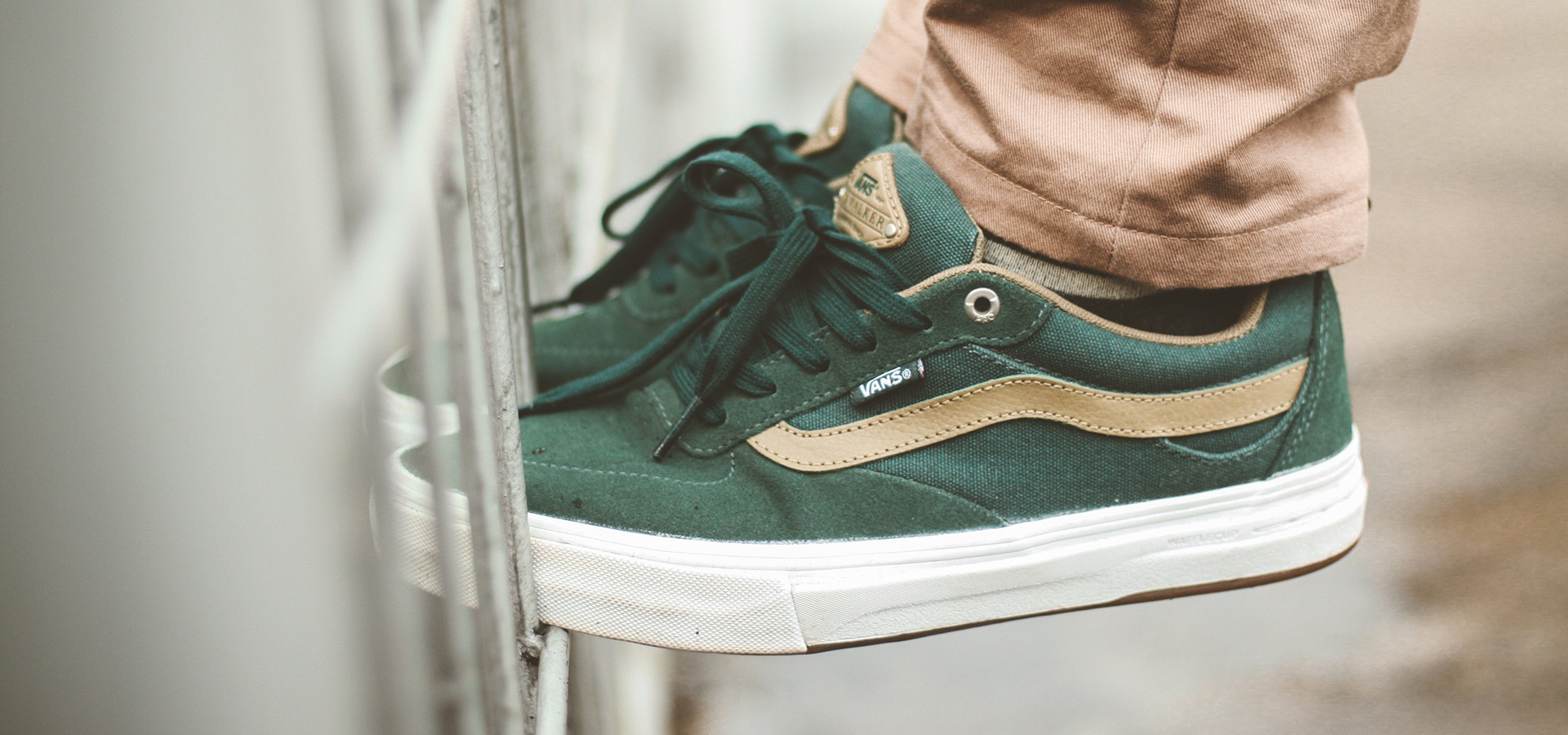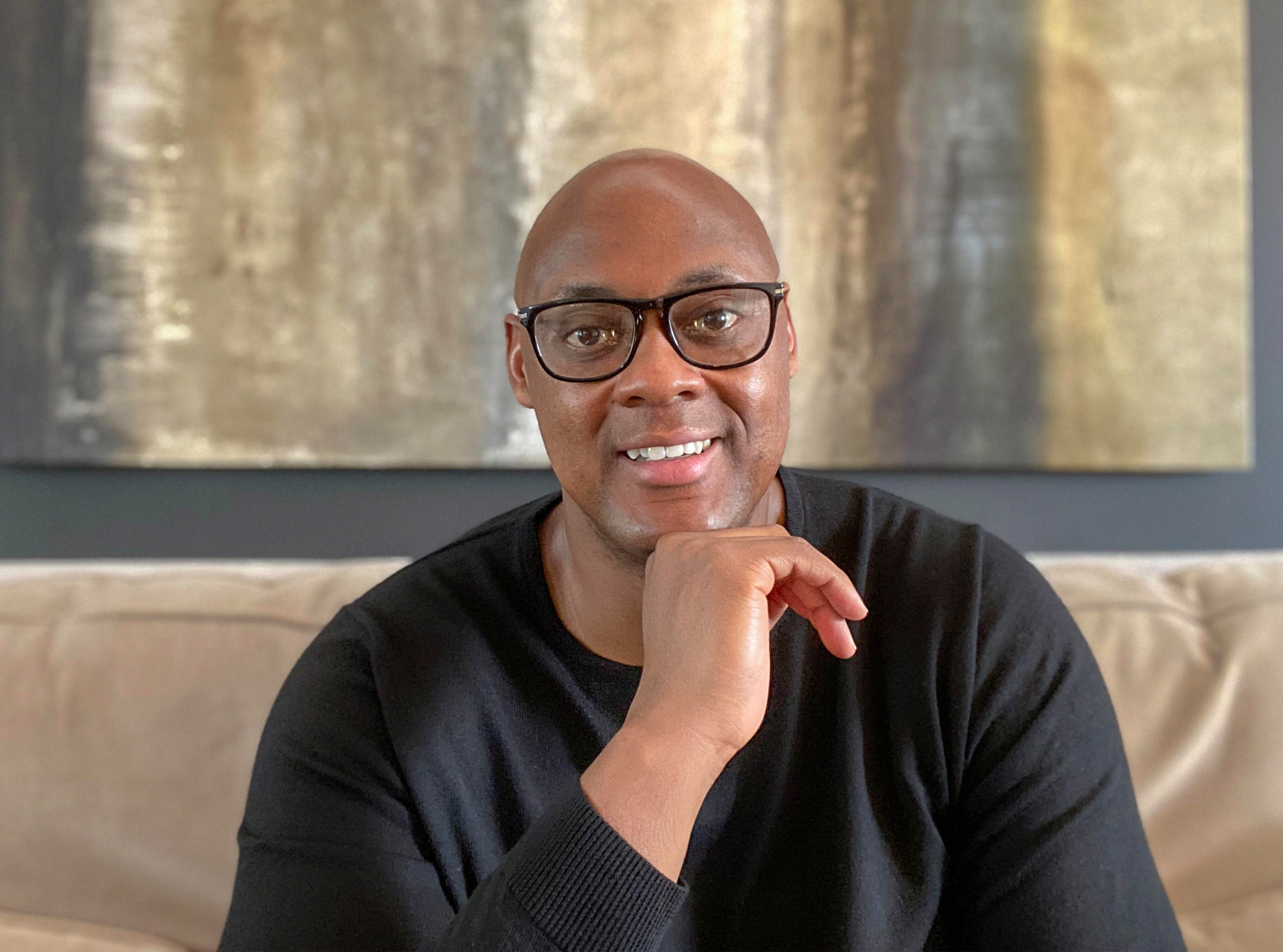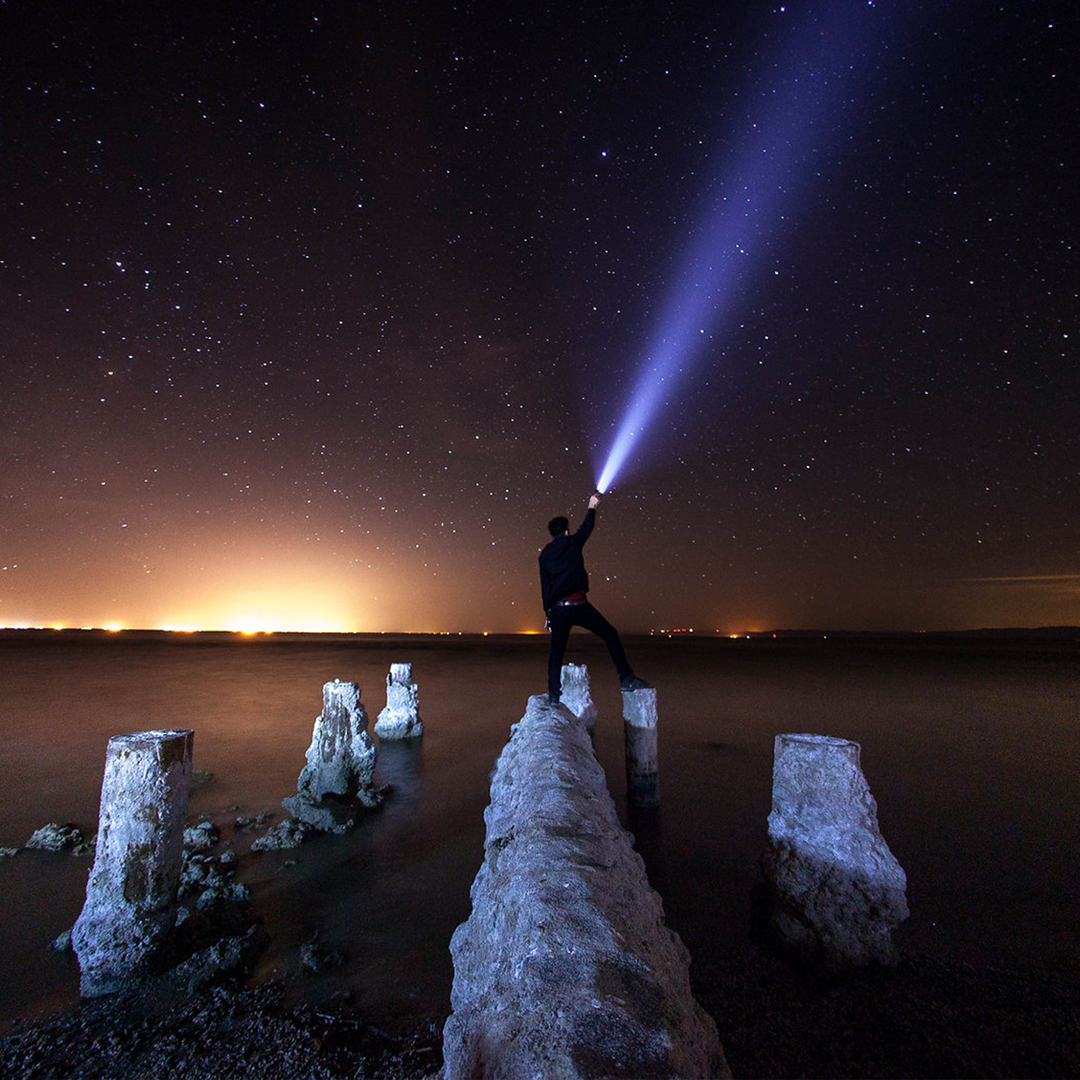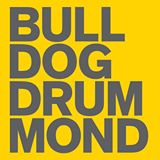
Keep Your Sole Forever Young
by Soon Yu
If you can pull your eyes away from the hip haircuts of today’s coolest kids and take a look at their feet, you’re likely to see a pair of Vans on them. It’s quite impressive how Vans has managed to stay fresh and cool for 50 years. When it started out, it was known as the Van Doren Rubber Company and—rather unusually—it manufactured shoes and sold them directly to the public. On its very first morning, 12 customers purchased shoes that were made that very day and ready to be picked up in the afternoon.
These days Vans sells over a million pairs each year, many of which are the original design made on that first day of business. And these classic Vans slip-ons have become an icon for creative street culture all around the world. So how does a brand, with such humble beginnings, reach and sustain iconic status? By actively building Iconic Advantage®.

Iconic Advantage isn’t just something companies luck into, it’s a deliberate strategy that focuses on building timeless distinction and relevance so businesses can rise above their competition and build stronger emotional connections with their audience. It’s a strategy that applies across every area of an organization. And it’s a strategy that helps you stay focused on what matters year after year.
Most manufacturing industries are on a runaway train heading towards faster, cheaper, and more commoditized products. It’s all about quantity, quantity, quantity—which pushes quality into fourth place. Because why would you need to create a jacket that can last years when it’s likely to be replaced by another one in a matter of months? The companies that embrace this trend are all focused on what’s next. They’re concerned only with the new.
But being iconic is about taking a step back and looking at the now and the then. It’s often about innovating on your oldness to create something that rises above the accelerating speed of consumption. It allows a company to take an existing asset they’ve already invested heavily in and develop it to make it more distinctive, relevant, and universal – the three essential ingredients that lead to iconicity.

The iconic part is important. Like religious icons and cultural icons, we’re talking about properties that have meaning, relevance, and an emotional connection with an audience. Over time, these are properties that have become the standard-bearer for their category, niche, segment, or movement. We can learn as much from Andy Warhol and NSYNC as we can from Apple and BMW on this subject. It’s this stronger human connection that helps to create a real, sustainable business advantage in the market. It generates true loyalty and can result in sales volumes that drive costs down and multiply profit margins.
To create something iconic, you need to stand out from the competition. And this is the soul of your Iconic Advantage. The goal is to supercharge the three qualities that make a product iconic: distinction, timeless relevance, and universal recognition.

Create Noticing Power: It’s impossible to stand out by being the same. Yet, most markets end up filled with generic products with a similar list of features. You need to make your offering distinctive. You need to stand out. The best iconic products create lasting iconic signature elements that not only look markedly different but also are own-able. Rather than just being different for the sake of it, theses signature elements embody the brand’s key point of difference in a meaningful way.
Develop Staying Power: You can’t build an iconic brand without developing a deeper connection with your audience. You need to make it timelessly relevant so it sticks around. The best kind of iconic brand has a story to it. This can be the heritage of the brand. Or standing for something radically different from the rest of the market. Or the breakthrough science that delivers a meaningful benefit. This is what gives the brand a deeper connection with the audience that you could never achieve with mere aesthetics.
Build Scaling Power: Once you’ve got the first two principles in place, you need to give your iconic property as much presence as possible to become universally recognized. The goal is to scale your iconic signature elements by increasing awareness through marketing, availability through distribution and presence through product/service extensions.
These three steps create distinction, relevance, and recognition, which form the core of an Iconic Advantage strategy. So how did Vans manage to pull this off?
In the pursuit of creating the “grippiest” skateboard shoes for even the most gravity defying tricks, Vans developed a unique waffle-shaped rubber sole that has become the standard bearer for performance and a lasting signature element for the brand. Along with some classic styles and silhouettes, including the checkered patterned slip-ons, these signature elements help Vans create considerable Noticing Power, even in the most crowded skate parks. Now Vans just needed to make sure it held on to its fickle market. And that’s something it has done amazingly well.


Vans continues to build powerful relationships with its market by supporting street culture through the annual Vans Warped Tour concert series. This event has been bringing up-and-coming and established talent in a range of musical genres to hip audiences for over 20 years. But its real stroke of genius for developing Staying Power is in the collaborations that help it stay on top of the latest movements in youth culture.
Married to their iconic rubber sole was the simple idea that the top of the shoes would serve as canvases for creative expression, allowing for artistic mash-ups with key street and pop culture influencers. Very quickly the shoes were adopted by one of the most fashion-conscious communities. If you look back through the company’s history, you can find vintage shoes featuring designs based on timeless iconic franchises including the Beatles, the Simpsons, Star Wars, Hello Kitty, Major League Baseball, and Disney, as well as rare collections in collaboration with famous designers such as Kenzo, Marc Jacobs, and Takashi Murakami.2 This has resulted in both Noticing Power and Staying Power.
Recently, the creative leadership team at Vans took the company’s Staying Power and Scaling Power to another level. Instead of just working with famous collaborators, the team tapped into the creativity of its community by updating the Vans Customs platform for people to create one-of-a-kind designs using Vans’ iconic shoes as their canvas. This is an amazing way to make the brand even more relevant to its audience and give customers a deeper emotional connection with the Vans brand, while at the same time helping to build greater recognition for the brand. Custom Vans shoes are so popular that they have become a canvas of choice for artists, who often sell their uniquely printed shoes on Etsy. Naturally, this has resulted in a huge amount of valuable PR and social media noise. This is the most powerful form of Scaling Power since it is organic and driven by the community itself.
It’s this creative approach to building Iconic Advantage that’s helped Vans stay on top of a constantly shifting market to reach iconic status. As long as there are skateboards and rock ‘n’ roll, it will have an audience that’s always connected to its sole.
Original post.


Uncommon Person: Chad Hutson

Our Internal Learning & Impact at Bulldog Drummond

The One Decision by Employers in 2021 that Means Everything

What I Wish I Knew

Standing Up Inside

Uncommon Person: Gregg Imamoto

Five Things Every Company Should Know about ESG

Redefining Value

Uncommon Person: Chris Baréz-Brown

It’s Time For A Whole Lotta Common Good

Did You Choose Humanity?

Uncommon Partnership: Violux

Here’s How

Uncommon Person: Santhosh Nair

Designing Strategy For A Complex World

Responsibility & Relevance for Brands

